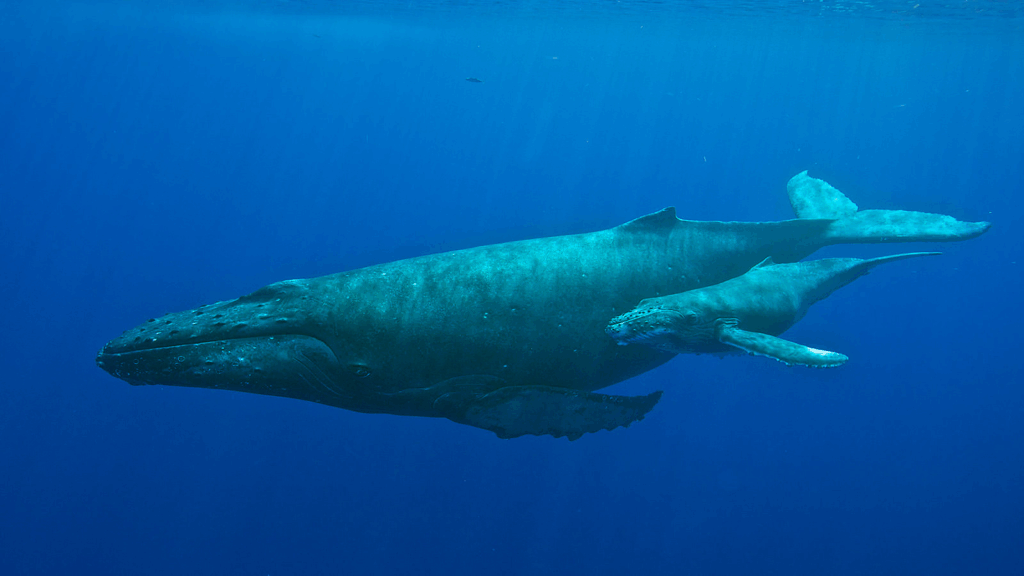Humpback whales (Megaptera novaeangliae) are famous for their long migrations, spending winters in warm tropical waters and summers feeding in the icy Southern Ocean. For decades, scientists had glimpses of these movements from historical whaling records, old tag marks, and photo identification. These methods helped give scientists a broad understanding of behavior. However, specific details, including where and when whales paused, where they fed, or how their routes follow the shifting edge of Antarctic sea ice.

That changed in the summer of 2008 when researchers equipped thirty eastern Australian humpback whales with satellite tags and tracked their migration behavior over three consecutive summers. These tags allowed scientists to watch the whales’ movements, revealing patterns that had never before been documented. It was discovered that instead of simply traveling straight from breeding grounds to Antarctica, many whales paused to feed along temperate coastlines during migration. These brief periods suggest that even short feeding opportunities may help the whales build energy reserves before reaching the colder waters of the Southern Ocean.
Once the whales arrived in Antarctica, their behavior shifted again. The tracking data showed that they concentrated their foraging along the marginal ice zone. This zone represents the dynamic transition area where open water meets the edge of seasonal sea ice. This zone is rich in productivity as melting ice fuels blooms of planktonic species. This ultimately leads to an increase in krill abundance, a primary food source for humpbacks. The whales’ foraging behavior was strongly linked to how fast the ice was melting, how far they were from the ice edge, and how much ice conditions had changed in the months before their arrival.
The ice itself varies dramatically from year to year in extent, rate of melt, and seasonal timing. This created a constantly shifting landscape of food availability. For future attempts at recovering the whale population, these fluctuations may play an important role in long-term health and reproductive success. Understanding how whales respond to these environmental changes is crucial as climate-driven shifts in sea-ice dynamics continue to reshape the Southern Ocean.

Reference:
Andrews-Goff, V., Bestley, S., Gales, N.J. et al. Humpback whale migrations to Antarctic summer foraging grounds through the southwest Pacific Ocean. Sci Rep 8, 12333 (2018). https://doi.org/10.1038/s41598-018-30748-4